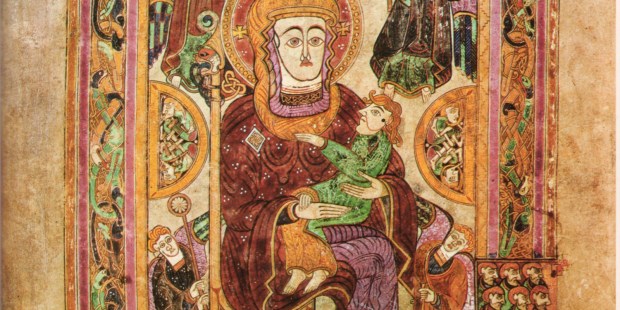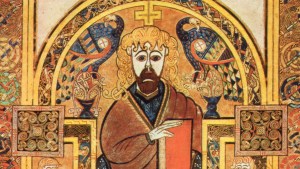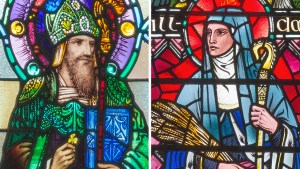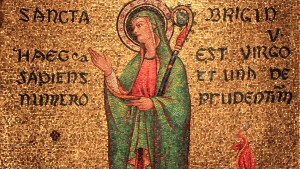Ireland’s early Christian history just became more accessible, as the Book of Kells has been digitized for online viewing. Trinity College Dublin recently finished the task of converting all 680 pages of the famed 9th Century manuscript into digital transparencies. The entire work is now available to peruse for free on the Trinity College website.
The Book of Kells
This medieval manuscript is of great historical significance to Ireland. It is believed to have been written around 800 AD, by Columban monks. The community of monks was originally located at Iona Abbey, on a small island off the Western coast of Scotland. They were, however, forced to move the community to Kells, Ireland, after a Viking attack laid waste to Iona Abbey, and left 68 of the community dead.
There is still debate as to where the Book of Kells was written, but it is generally agreed that some of it was written in Iona, and the manuscript was completed in Kells. Still, this Scotish heritage is often overlooked as Ireland has much greater claim to the work. It is listed as the #4 on TripAdvisor’s list of things to see in Dublin, surpassing even the Guinness brewery, which rests at #5.
The Art
Prized for its beautiful Medieval illuminations, the Book of Kells is a treasure of the Emerald Isle. The artistic style features full-page decorations that are some of the oldest known depictions of the Gospels in Western art. Trinity College describes the art:
“Abstract decoration and images of plant, animal and human ornament punctuate the text with the aim of glorifying Jesus’ life and message, and keeping his attributes and symbols constantly in the eye of the reader.”
The artwork contained within the Book of Kells includes one of the oldest depictions of the Madonna and Child from the European tradition, and the Chi Rho page is considered to be the most famous page of Medieval art. Other images feature the symbols of the Four Evangelists, an early portrait of Christ, and even some of the earliest depictions of Gospel Narratives. These focus on the Passion, showing the arrest of Christ and His temptation by the Devil.
Digital collection
Trinity College’s easy to use database will make exploring this millennium-old text convenient and enjoyable. Each page is accompanied by a curation box which provides context for the work. These explanations can be as illuminating as the art itself, giving historical depth to the beautiful illustrations.
Take a look at the slideshow below to see some of The Book of Kells’ fantastic illuminations. Then, click here to visit Trinity College’s database and explore the Book of Kells today.




